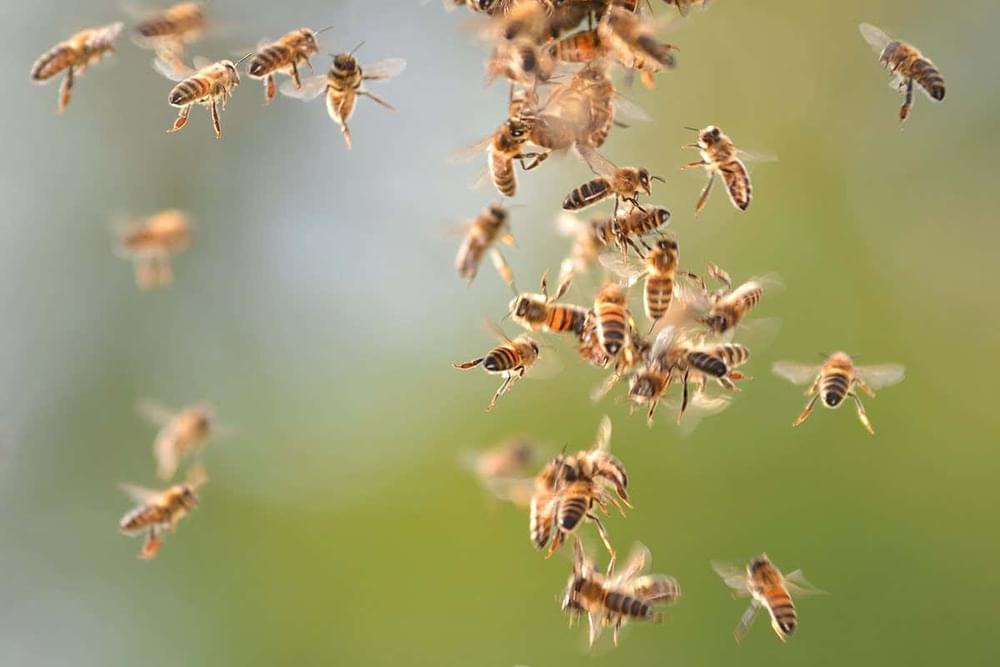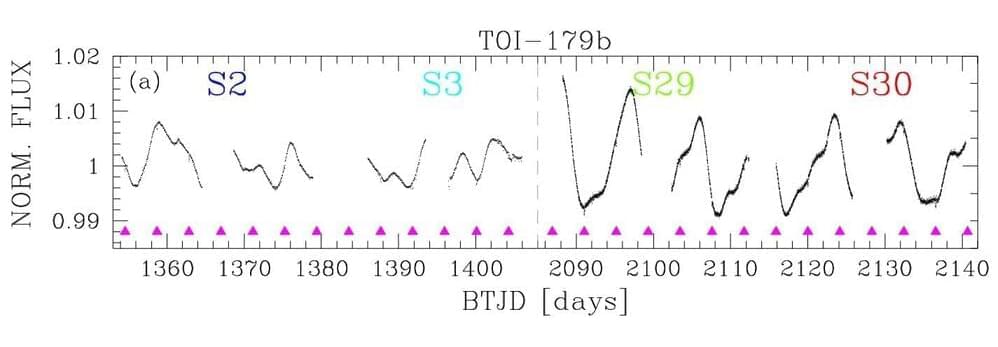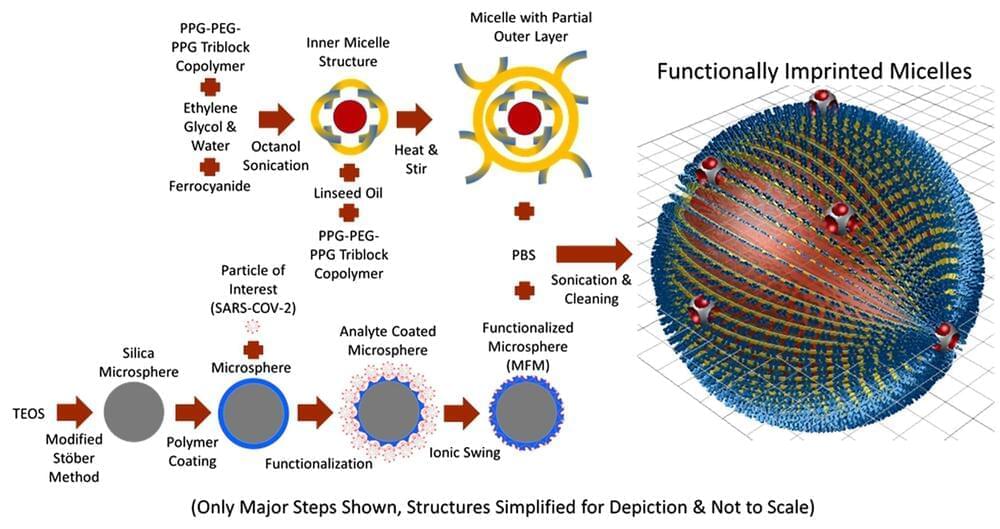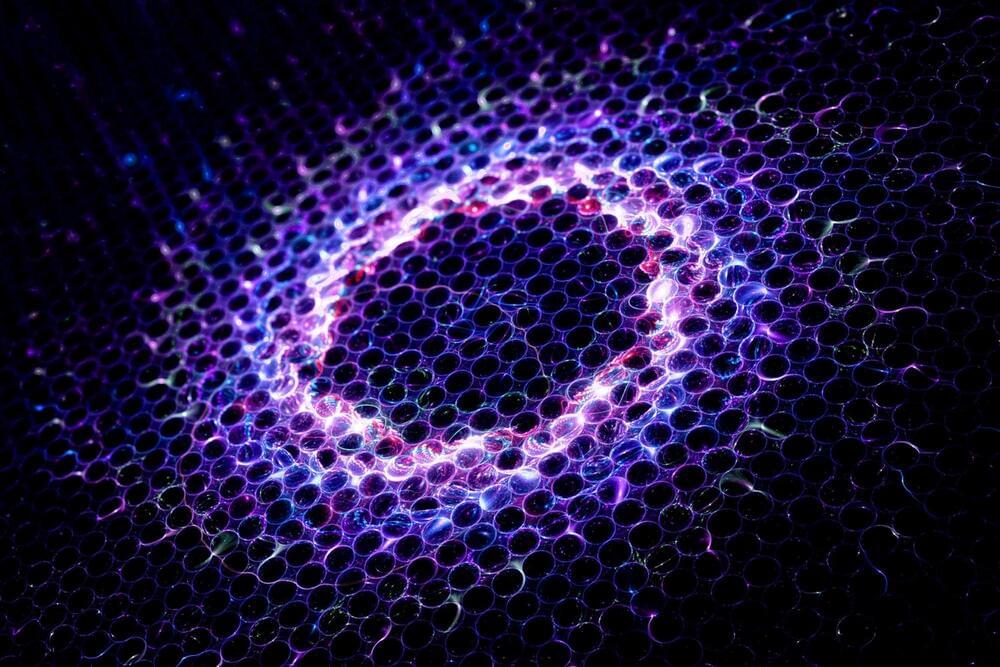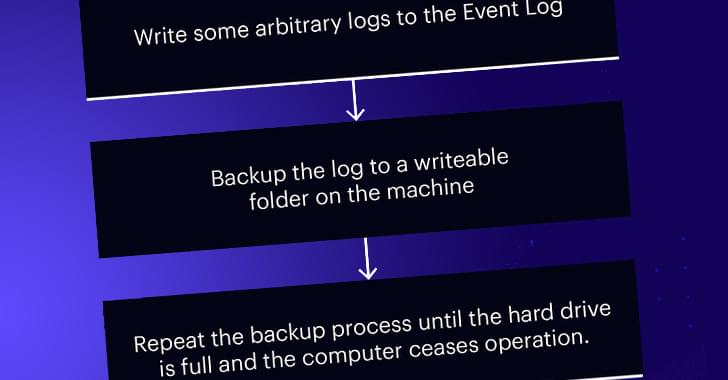Oct 26, 2022
Honeybee swarms generate more electricity per metre than a storm cloud
Posted by Liliana Alfair in category: climatology
Electric bees 🐝🌞
“When I looked at the data, I was kind of surprised to see that it had a massive effect,” says Hunting. It was already known that individual bees carry a small charge, but a voltage of this magnitude had never been documented in swarming honeybees before.
The team deployed additional electric field monitors in combination with video cameras to measure the electric field and swarm density, and waited for the bees at nearby hives to naturally swarm. The researchers recorded three swarms passing the monitors for around 3 minutes at a time. They found that the bee swarms created an electric charge ranging from 100 to 1,000 volts per metre. By analysing the proximity of bees to each other in the swarms, the team found that the denser the swarm, the stronger the electric field was.
Continue reading “Honeybee swarms generate more electricity per metre than a storm cloud” »
